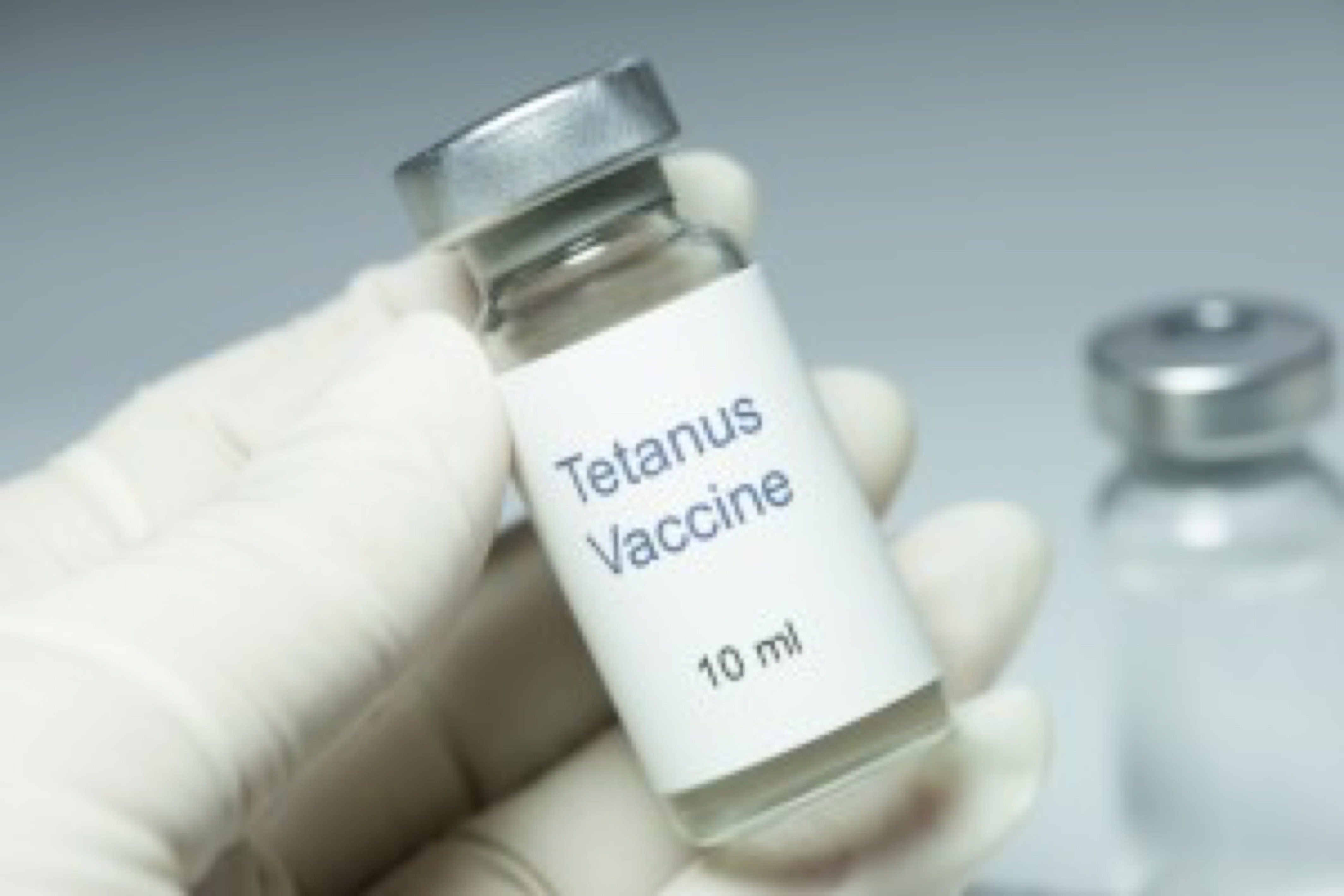Myths & Legends Surrounding the Tetanus Shot
There is a lot of fear about tetanus and anyone who gets bitten by a dog or a cat or cuts themselves badly - where they need to go to their doctor or the ER - is immediately encouraged to have a tetanus shot. But is that necessary or even advisable?
What is tetanus?
Tetanus is the name of a condition you get when the bacterium Clostridium tetani enters your body and flourishes with its own life cycle. The word “flourishes” is important here because Clostridium tetani requires an anaerobic environment – that is an environment free of oxygen, meaning the wound does not bleed.
Tetanus needs a wound that is deep enough and neglected enough to create an anaerobic environment so that the bacteria can flourish, die off and spread a toxin in the body. The incubation period is 3-21 days with the average being 8 days.
In other words if you step on a nail and you bleed, the Clostridium tetani cannot live. Tetanus is impossible to get if you are alive, pumping blood normally through your body and taking care of the wound.
Even the CDC says on its website “ Tetanus is different from other vaccine-preventable diseases because it does not spread from person to person. The bacteria are usually found in soil, dust and manure and enter the body through breaks in the skin – usually cuts or puncture wounds caused by contaminated objects. Today, tetanus is uncommon in the United States, with an average of 29 reported cases per year from 1996 through 2009.”
But is a tetanus shot really necessary?

- Tetanus is very rare in the USA with a rate of approximately 29 cases per year.
- Tetanus is first and foremost caused by a bacteria infection and not by stepping on a rusty nail. You have a greater chance of getting tetanus by a prick from a rose them by rust getting into the body.
- The chances of tetanus from an animal bite is rare to none.
- Tetanus can only be contracted if the open wound comes in contact with animal feces and if it doesn't bleed. As long as your wound bleeds freely and is oxygenated (that is cleaned with Hydrogen Peroxide solution), there is no risk of tetanus.
And most important of all, receiving a tetanus shot after an injury cannot prevent you from getting tetanus. It does not have the time to become active in your system.
The ingredients in a tetanus shot
Sodium phosphate, peptone, bovine extract (U.S. sourced), formaldehyde, ammonium sulfate, , aluminum potassium sulfate, thimerosal (trace),gelatin, polysorbate 80 (Tween 80), modified Mueller and Miller medium, and modified Stainer-Scholte medium Thimerosal has been linked the permanent brain damage even in small doses.
What should you do if you or your child is at risk from tetanus after the event?
If you or your medical practitioner suspect Tetanus, request a TiG shot instead of a tetanus one which is available at emergency rooms. The staff at the ER won't necessarily know the difference between two but you can ask for the TiG for immediate protection.
TiG is an an immunoglobulin used to fight tetanus. Insist on the TiG and make sure you get the right product by asking to see the packaging or insert for the immunoglobulin.
For your information: Tetanus Toxoid = Vaccine Tetanus Immunoglobulin = Anti-Toxin
Treating wounds safely
- Tea Tree Oil was used by the Australian troops during WWII to prevent small cuts and burns from infection and developing into more serious conditions like gangrene.
- Cuts, scrapes, nicks and wounds need to be cleaned. If nothing else is available, soap and water are the way to go.
- Heat helps to kill tetanus bacteria. A good soak in some Epsom salts will help with wound healing.
- Ideally, apply hydrogen peroxide, which is H2O2 (extra oxygen), after any significant wound injury. The extra oxygen kills tetanus spores.
When you consider the question of vaccines, immunizations and tetanus, it makes no sense at all to attempt to immunize someone after the infection has occurred.
Sources
Bae, C., & Bourget, D. (2020). Tetanus.
https://www.ncbi.nlm.nih.gov/books/NBK459217/. (Accessed, 20 October 2021).
Data & statistics. (2020).
https://www.hrsa.gov/sites/default/files/hrsa/vaccine-compensation/data/data-statistics-report.pdf. (Accessed, 20 October 2021).
Liu, S.-W., et al. (2018). Tetanus vaccination and extra-immunization among adult populations: Eight-year follow up cohort study of 771,443 adults in Taiwan, 2006–2013.
https://www.ncbi.nlm.nih.gov/pmc/articles/PMC6121571/. (Accessed, 20 October 2021).
Ma, X.-Y., et al. (2016). Early prevention of trauma-related infection/sepsis.
https://www.ncbi.nlm.nih.gov/pmc/articles/PMC5101695/. (Accessed, 20 October 2021).
https://www.cdc.gov/tetanus/index.html. (Accessed, 20 October 2021).





